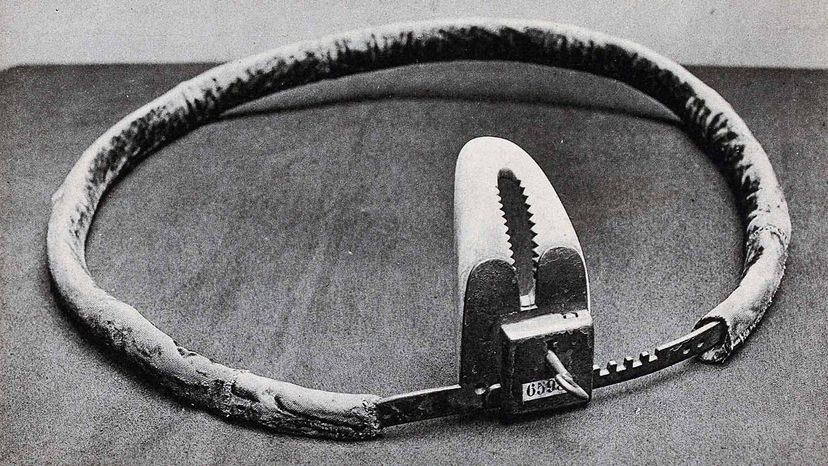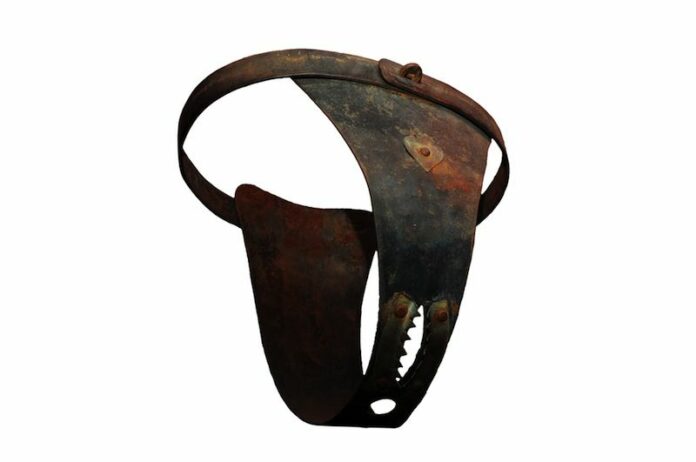Introduction
The concept of chastity belts has long fascinated popular culture, often portrayed as medieval devices designed to enforce women’s fidelity. However, scholars have extensively debated the historical accuracy of these claims. This article explores the myths and realities surrounding chastity belts, examining their origins, presence in medieval texts, and relevance in modern times.

The Myth of Chastity Belts
Chastity belts, purported devices worn by women in the Middle Ages to prevent sexual intercourse, have captivated speculation for centuries. According to curators at the Semmelweis Museum in Budapest, these belts were believed to address concerns about female promiscuity during knights’ absence due to battles, pilgrimages, or crusades.
The First Mention of Chastity Belts
The earliest documented reference to chastity belts dates back to 1405, attributed to Konrad Kyeser, a German engineer and artist who initially presented the concept in a treatise on siege machines. However, Kyeser’s depiction was likely intended as a satirical jest, influencing later centuries’ perceptions of these devices.

Lack of Historical Evidence
Despite their enduring popularity in myth, credible historical evidence supporting widespread use of chastity belts remains elusive. Albrecht Classen, author of “The Medieval Chastity Belt: A Myth-Making Process,” notes the absence of references in serious historical texts such as sermons, legal documents, or penitentiary writings.
Practical Considerations
Moreover, the feasibility of chastity belts has been questioned. Experts argue that these devices, described as “rough, hard objects” by Semmelweis Museum scholars, would have caused discomfort and potentially life-threatening infections if worn for extended periods, casting doubt on their practicality.

The Desire to Conceptualize a “Backward” Past
Scholars like Classen suggest that belief in chastity belts reflects a broader tendency to depict the Middle Ages as a “backward” era, contrasting with modern enlightenment. This historical myth-making parallels other misconceptions, such as the belief that medieval people thought the Earth was flat.
The Modern Chastity Belt Debate
While historical chastity belts remain mythical, a contemporary parallel emerged in 2013 with AR Wear’s development of protective clothing designed to prevent sexual assault, drawing comparisons to medieval counterparts. Critics argue such products place undue responsibility on victims rather than perpetrators.
Conclusion
In conclusion, the chastity belt, despite its enduring presence in popular culture, lacks substantial historical foundation. The absence of textual evidence and practical concerns surrounding their use suggest chastity belts were likely not widely employed in medieval times. Understanding this myth requires critical examination of historical accuracy and resistance to perpetuating misconceptions about the past.
By scrutinizing such claims, we enrich our understanding of history while challenging enduring myths that continue to capture public imagination.




